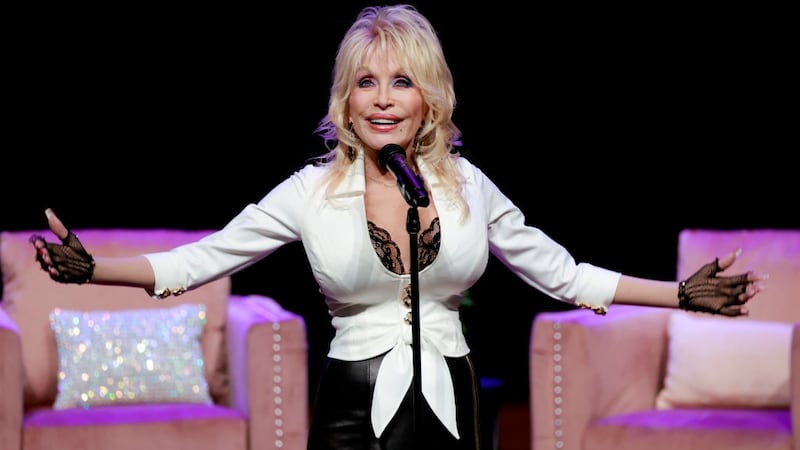The Washington Department of Fish and Wildlife says European green crabs are continuing to cause problems, despite significant efforts by the federal government to stop the invasive species.
Across 28,000 miles of Washington shoreline, all those participating in the European green crab emergency response are busy preparing for the spring through fall field season.
To kick off the 2023 season, U.S. Senator Patty Murray and Congressman Derek Kilmer visited Sequim Bay on April 5 to learn more about the threat. Murray made it clear that she will be working to secure dedicated federal resources and better coordination in future spending bills to support state and local efforts to protect Washington state’s local ecosystems from the European green crab.
The invasive species of crabs are harmful to local ecosystems because it preys on clams, oysters, mussels, and even younger red crabs.
“European green crab poses a serious threat to the entire Puget Sound ecosystem — threatening local shellfish populations, hurting salmon and orca recovery efforts, and threatening to undermine our Tribal treaty obligations,” said Murray in a prepared statement.
Kilmer toured the southern end of Sequim Bay with leaders from the Jamestown S’Klallam Tribe to trap invasive European green crabs and hear directly from local leaders about their on-the-ground efforts to address the threat posed by the invasive species.
“There’s a lot of good work happening here in the state and locally to protect our environment and ecosystem,” Murray continued. “And I appreciate that the federal agencies involved have been coordinating with the state on this, but so far — beyond staff time — they have not directed any federal dollars to support our efforts to beat back the European green crab.”
Green crabs are considered one of the most invasive species in the marine environment, according to NOAA Fisheries, due to having few predators and their tendency to aggressively hunt prey while also destroying seagrass. As a result, green crabs outcompete local species for both food and habitat.
It has been documented, according to the Washington Department of Fish and Wildlife (WDFW), that green crabs devour juvenile king crabs in addition to juvenile salmon, but wildlife managers said increased trapping has them hopeful European green crabs might be kept under control in Washington.
“European green crabs are one of the worst invasive species,” Brian Turner with WDFW told KIRO Newsradio. “They can survive in colder and warmer temperatures, and they also reproduce very quickly.”
A female green crab can release nearly 200,000 eggs in one cycle.
Officials want residents to send photos to WDFW with locations if they spot the invasive crab.
Possessing or transporting live European green crabs is illegal in Washington.
Green crabs are not always green but have five spines on either side of their eyes. They are usually four inches wide or less. They generally eat marine plants, baby crabs, oysters, and clams. They also burrow under areas where salmon lay their eggs.
Last spring, an invasive green crab was found in Hood Canal for the first time. State wildlife managers also said a male European green crab was found in Nick’s Lagoon near Seabeck — the southernmost sighting of the crabs in Washington.
While federal agencies have coordinated with Washington state in its European green crab response and contributed staff time, none have dedicated federal dollars specifically to the response effort. As Senate Appropriations Chair, Senator Murray is seeking federal funding and improved coordination for European green crab response efforts through the Fish and Wildlife Service (FWS), the Bureau of Indian Affairs, and the National Oceanic and Atmospheric Administration (NOAA).
Last year, Governor Inslee issued an emergency order to increase green crab tracking and eradication. The order directs the Department of Ecology to identify European green crab management as a high priority on their state-owned aquatic lands and to facilitate implementing emergency measures.
With at least 1,000 traps ready to be deployed across the state by 25 staff members, the Washington Department of Fish and Wildlife, co-managers, partners, and tribes are ready for a busy green crab field season.
If you see a green crab along the coastline or just off the coast, you’re asked to report it to the state’s wildlife department through their website.
Emily Grason, a marine ecologist at Washington Sea Grant, said that more volunteers scouting the shoreline mean a quicker trapping response when green crabs are detected.
“If we don’t find new populations until they are already abundant and widespread, we miss the best — and maybe the only — chance we might get to protect local habitats, species, and economies,” Grason said. “Green crab control is about early detection, finding populations within the first generations of their arrival at a new site, and aggressively trapping down populations even if they are still small and hard to find.”
Crab identification guides and resources are available here.
©2023 Cox Media Group








